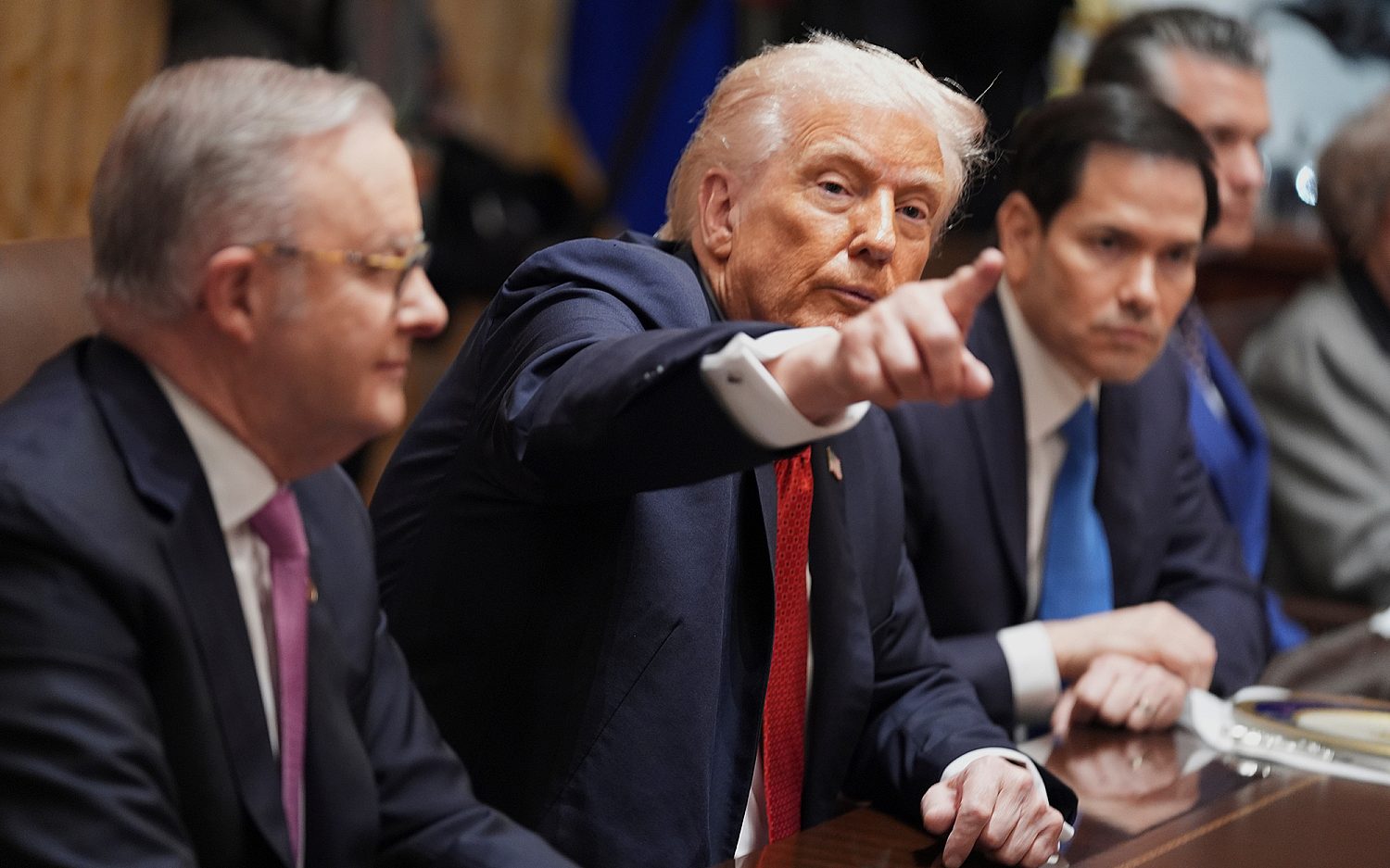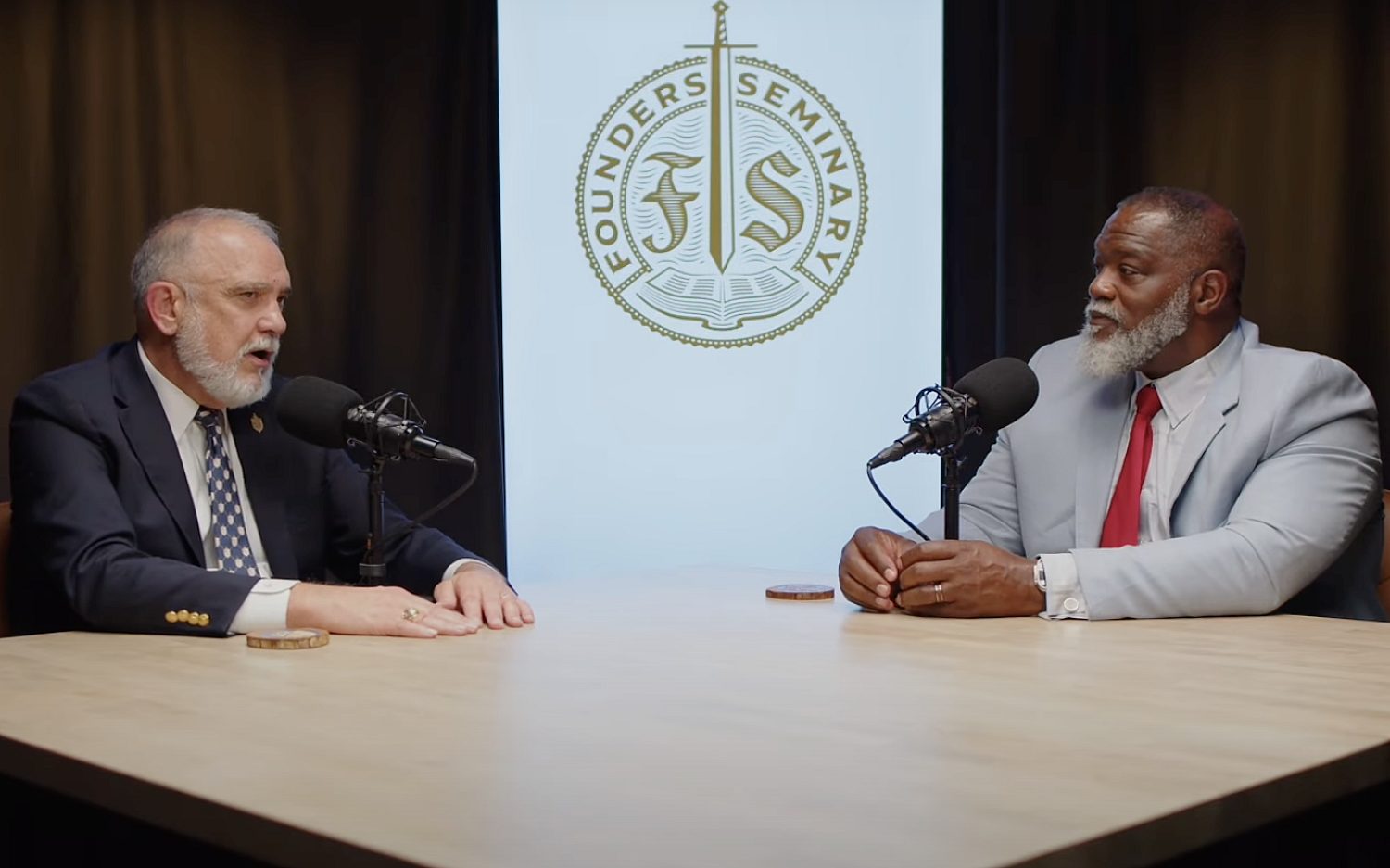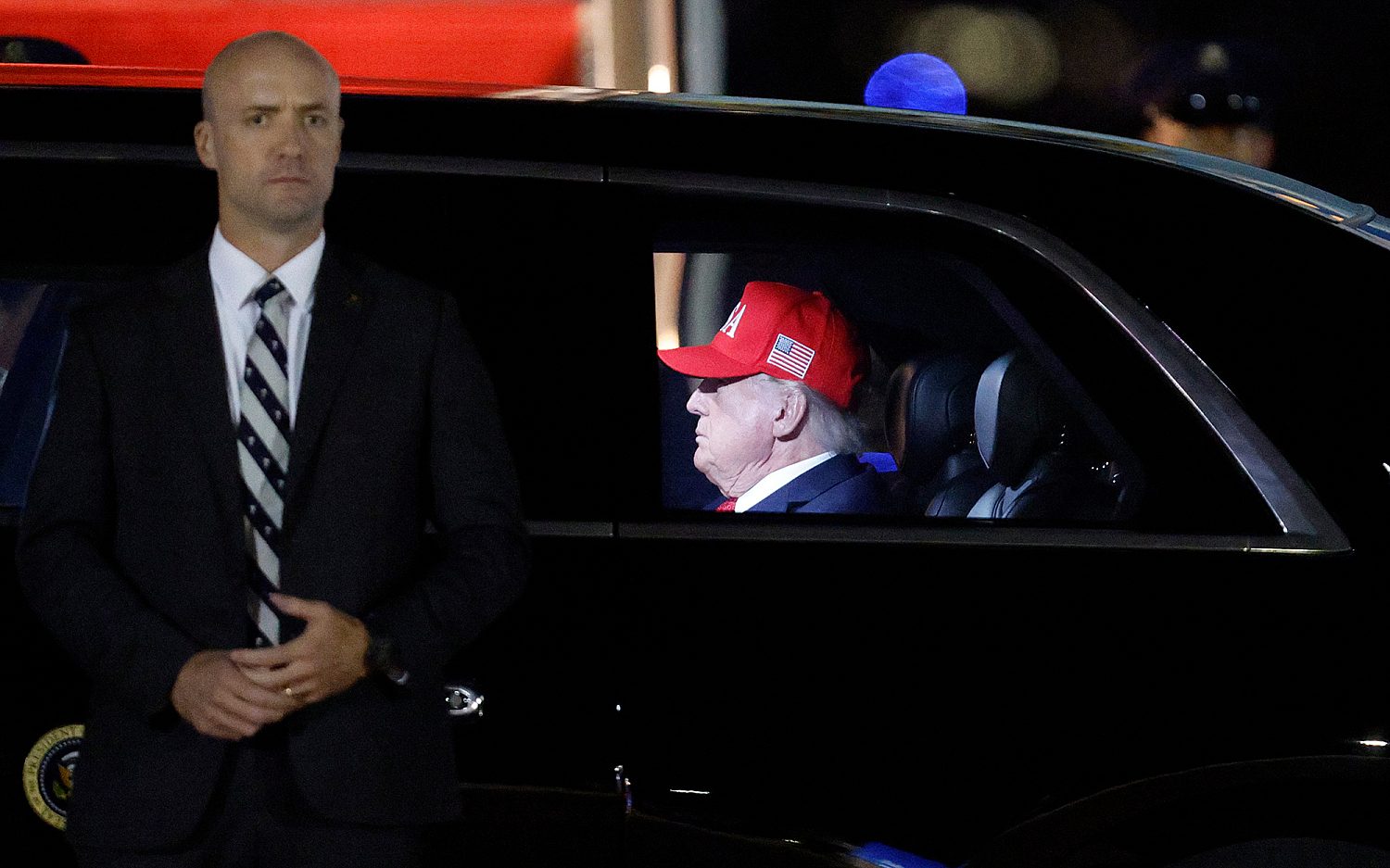Nevada students can take state funds to any school they want
School choice advocates in Nevada gained a sweeping victory last week when the governor signed a law releasing state funding for K-12 students directly to parents. Under the program, families can apply the funds to the public, charter, or private school of their choice. The program makes no distinction between religious and non-religious schools, and even permits the funds to be used for homeschooling.
“This is what the future of education should look like for students all over the U.S.,” Jonathan Butcher, education policy director at the Goldwater Institute, said in a statement.
Any student who has attended a Nevada public school for at least 100 consecutive days is eligible to apply for the tuition credit. Once approved, the student receives 90 percent of the state funds for a public school student—about $5,000 per year. Students with special needs and those who are low-income receive 100 percent. Those funds are deposited into an Education Savings Account (ESA) from which the family draws to pay for approved costs like tuition, books, online courses, and tutors. Unused funds can be rolled over to the next year and even saved for college tuition.
“Nevada is the first state to make the vision of dollars following every child to the school that works best for them a reality,” said Robert Enlow, president and CEO of the Friedman Foundation for Educational Choice.
ESAs provide an important layer of separation between government funds and private application of those dollars. States that have attempted to apply state funds directly to private educational choices have invariably run afoul of constitutional mandates separating those actions.
One of those states, Arizona, introduced the first ESA program in 2011 following an unsuccessful attempt to provide state funding directly to private schools. Arizona’s program was specific to children with special needs, unlocking doors for them to access a wide variety of high-quality customized options with their state tuition dollars, including private schools, specialized tutoring, and valuable learning aids.
Three other states—Florida, Mississippi, and Tennessee—followed Arizona’s lead and established similar ESA programs for students with disabilities. Arizona has since expanded its program to include several other at-risk student groups—children in foster care, those whose parents are active-duty military, those living on Indian reservations, and students attending failing public schools.
Public school advocates and other education analysts have expressed concern that while Nevada’s program might seem ingenious, it contains many potential unintended consequences, such as private schools limiting their admissions only to the students they desire.
“It’s not profitable for very good private schools to allow in children who are disabled, kids who don’t speak English, kids whose parents are struggling to put food on the table,” said Lily Eskelsen García, president of the National Education Association in an interview with The Washington Post.
Nevada’s program could exacerbate the gap between the rich and the poor, consigning at-risk students and those with special needs to schools that more resourceful families have abandoned, she added.
Public schools also carry substantial overhead and legacy costs, making the challenge of constantly moving tuition dollars particularly problematic. They also are typically much larger than other types of schools, making it more difficult for them to respond nimbly to sudden changes in student numbers. Smaller private and charter schools may also find themselves quickly overwhelmed and unable or unwilling to scale up to the potentially increased demand. And many families remain geographically bound to whatever school is closest to them, making it their only viable choice even with state tuition dollars in hand.
But education advocates on all sides agree Nevada’s students, as well as students around the nation, deserve access to high-quality educational options.
“This is the wave of the future,” said Patricia Levesque, chief executive of the Foundation for Educational Choice in an interview with The Washington Post. “In all aspects of our life, we look for ways to customize and give individuals more control over their path and destiny. … This is a fundamental shift in how we make decisions about education.”
An actual newsletter worth subscribing to instead of just a collection of links. —Adam
Sign up to receive The Sift email newsletter each weekday morning for the latest headlines from WORLD’s breaking news team.





Please wait while we load the latest comments...
Comments
Please register, subscribe, or log in to comment on this article.